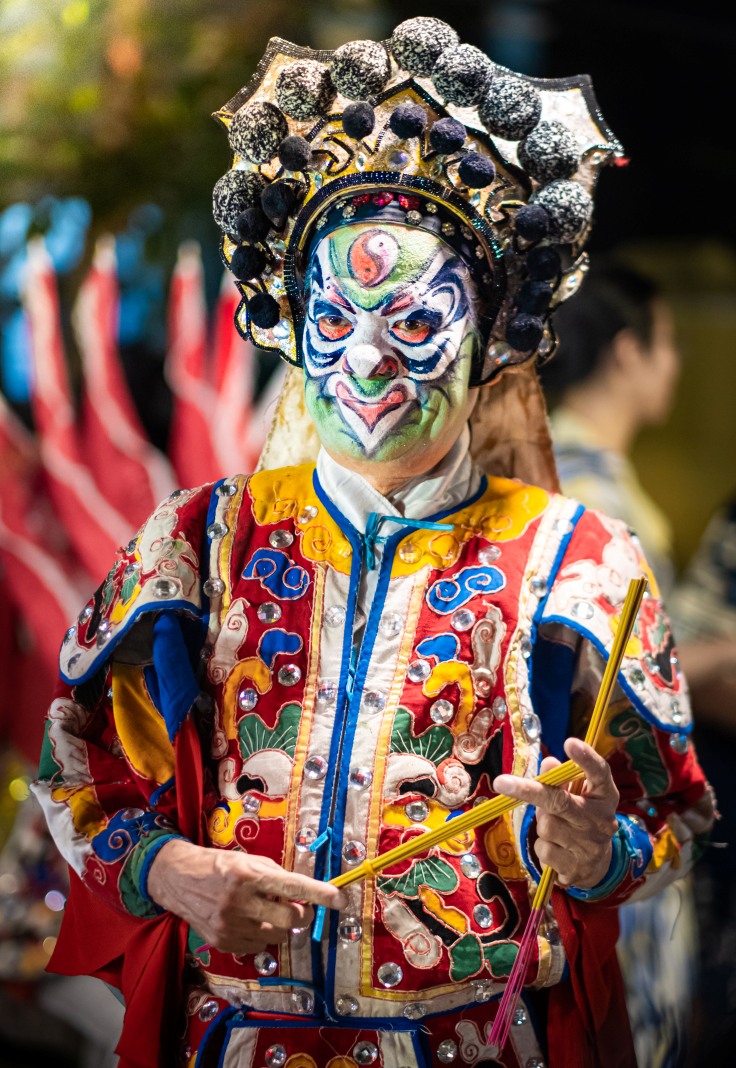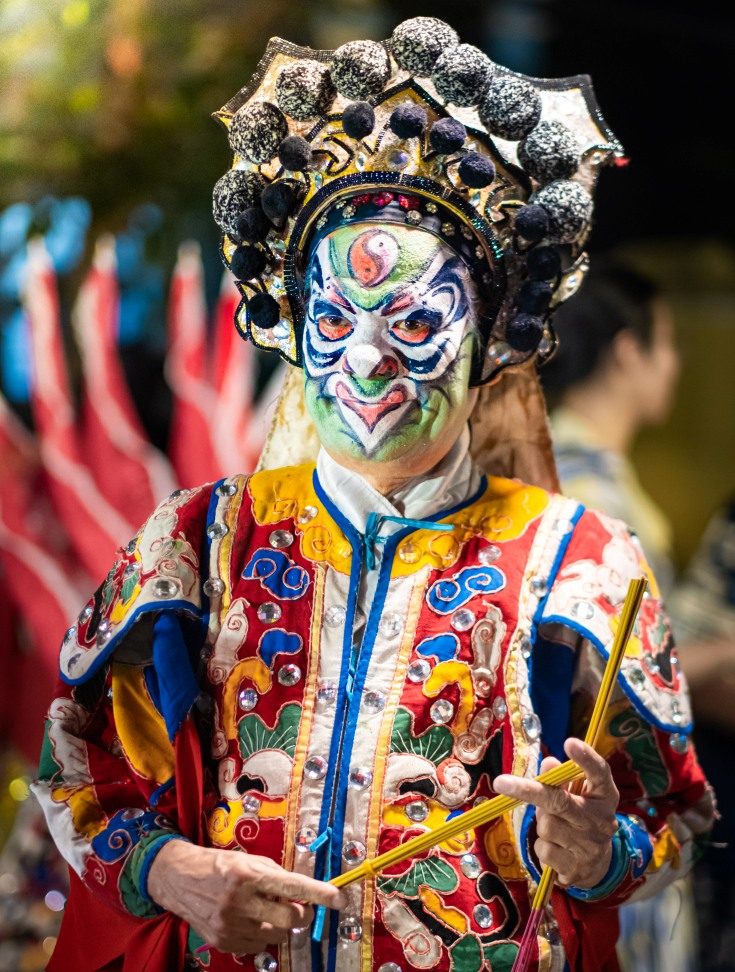Vietnam’s traditional classical opera, known as tuong or hat boi, remains a vibrant symbol of the nation’s cultural heritage, showcasing rich regional diversity and artistic depth.
Rooted in centuries of history, hat boi blends music, drama, and intricate facial makeup to portray moral values, spiritual beliefs, and social ideals. The makeup’s vivid colors—typically red, black, white, blue, yellow, and green—are not merely decorative but serve as symbolic codes representing character traits, emotions, or destinies.
These visual cues allow audiences to interpret roles instantly, even without understanding the language, reinforcing the genre’s power as a visual and emotional medium. As one of Vietnam’s most enduring folk arts, hat boi continues to connect generations, reflecting the country’s enduring reverence for tradition and its evolving cultural identity.











